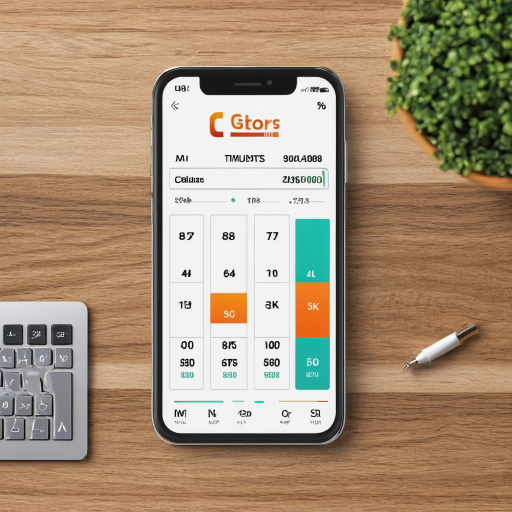There are various kinds of fat.
Fat, along with carbohydrates and proteins, is one of three macronutrients that provide the energy required for a person’s metabolic system to function, and it can be obtained through the consumption of various foods. There are many different kinds of fat in food, such as saturated fat, trans fat, monounsaturated fat, polyunsaturated fat, and omega-3 fatty acids. Even though the body needs fat to work well, too much fat in the diet makes you gain weight, and being overweight is linked to bad health.
Unhealthy Fat in Food
Saturated Fat
Some kinds of fat in food are worse for you than others. Saturated fat is one of the worst kinds of fat, and it is most often found in foods that come from animals, like red meat, poultry, and dairy products. Nuts, oils, and seeds are also good sources of saturated fat. There is some disagreement about how saturated fat affects the risk of disease, but most people agree that saturated fat is bad for you. Sources like the Mayo Clinic and the American Heart Association, among many others, recommend a low-saturated-fat diet. They say that saturated fat raises “bad” low-density lipoprotein (LDL) cholesterol levels and can increase the risk of heart disease and type 2 diabetes.
Trans Fat
Trans fat is a type of fat that is found in small amounts in some foods. However, most trans fat that people eat comes from a process called partial hydrogenation, which is used to make foods. Fast food and other highly processed foods tend to have a lot of trans fats, and most people would be healthier if they ate less of these kinds of foods.
Trans fats are often thought of as the “worst” type of fat to eat. They aren’t necessary and have no known health benefits. Trans fats have been shown to raise the risk of coronary artery disease by making LDL cholesterol levels go up while “good” high-density lipoprotein (HDL) cholesterol levels go down. It can also make you more likely to gain weight and get type 2 diabetes.
Note that by law, a serving of food that has less than 0.5 grams of trans fat can be labeled as having 0 grams of trans fat. You can completely avoid trans fat from processed foods if you make sure that any food that says it has 0 grams of trans fat also doesn’t have any ingredients that say “partially hydrogenated.”
Optimal Dietary Fat
Monounsaturated fat and polyunsaturated fat are both types of unsaturated fat that can be found in a wide range of foods and oils, with polyunsaturated fat being more common in foods and oils made from plants. Studies have shown that small amounts of both of these types of unsaturated fat can help lower LDL cholesterol while possibly raising HDL cholesterol levels in the blood. Also, omega-3 fatty acids, which are a type of polyunsaturated fat found in some fish, have been shown to lower the risk of coronary artery disease.
Average Daily Intake of Fat
There is currently no golden rule for daily fat consumption. In general, eating some fat, especially unsaturated fats, can be good for the body. Fat is especially important for the health of children. When a child stops breastfeeding, it’s usually better for them to drink whole milk instead of low-fat or no-fat milk. But eating too much of any kind of fat, including these healthier fats, can be bad for your health. Here are some rules about how much and what kinds of fat a person should eat.
Less than 10% of the calories you need every day should come from saturated fats. Getting less than 7% of your calories from fat has been shown to lower your risk of heart disease. If you can, switch saturated fats for unsaturated fats. Eat as little trans fat as possible. Each day, eat less than 300 mg of cholesterol from food.
